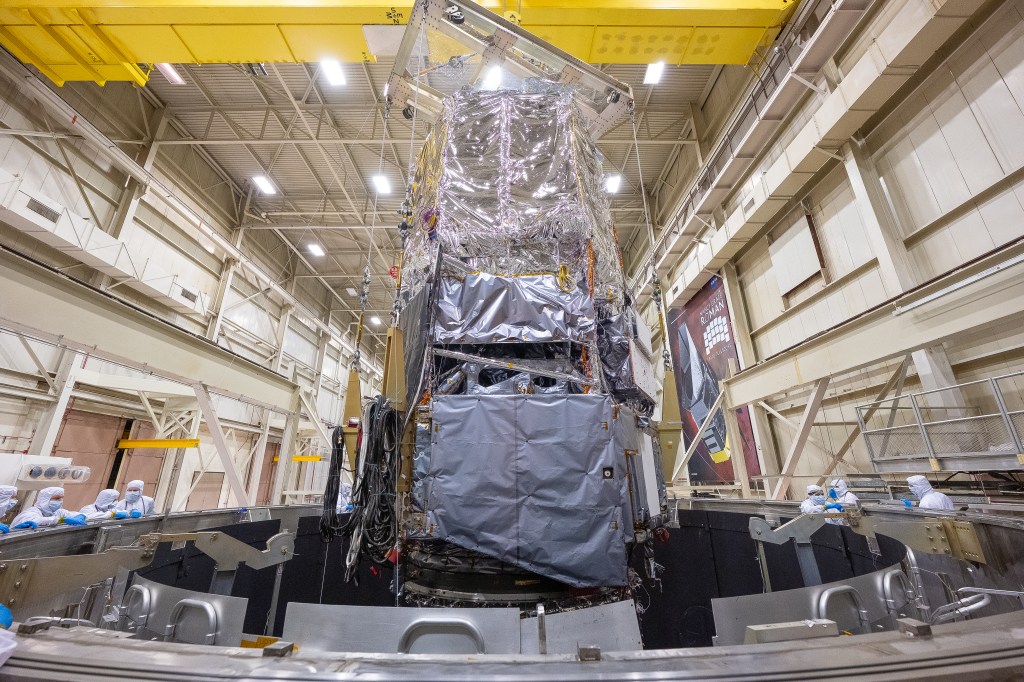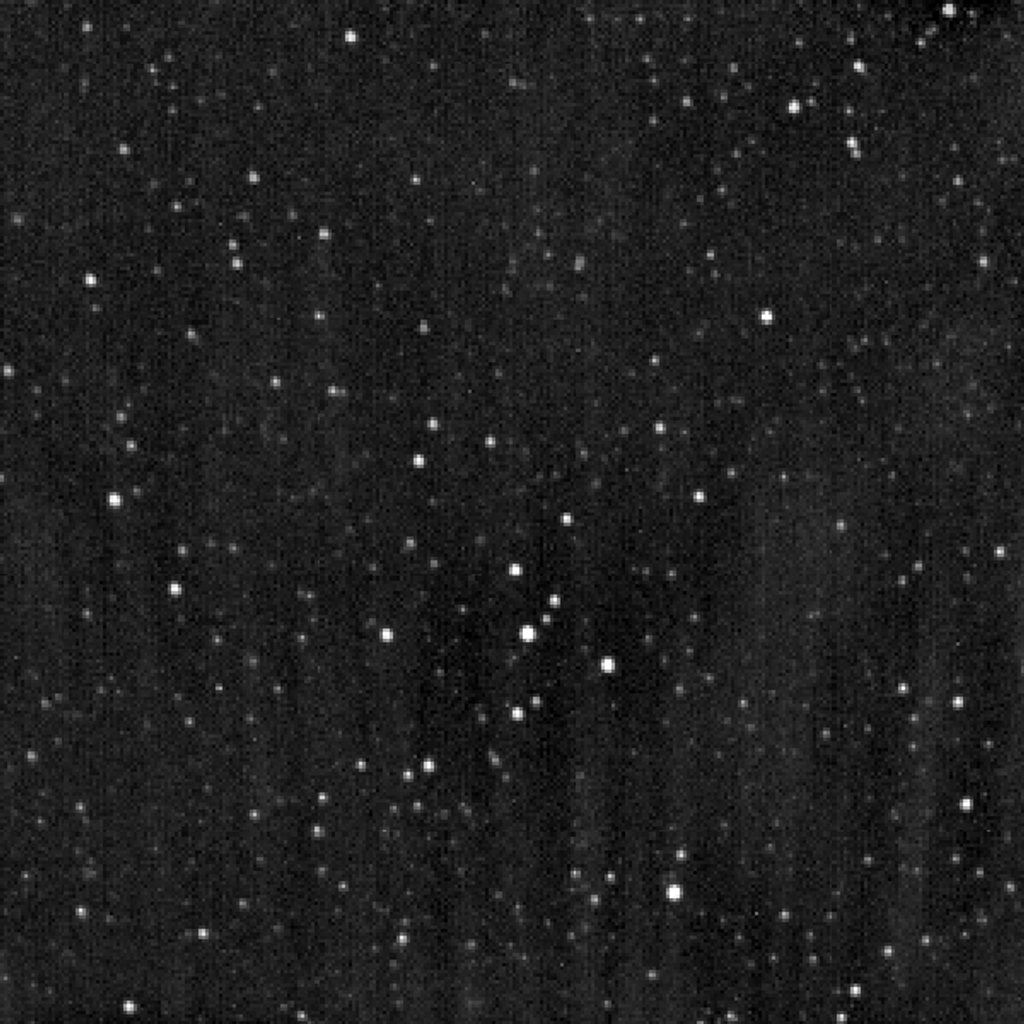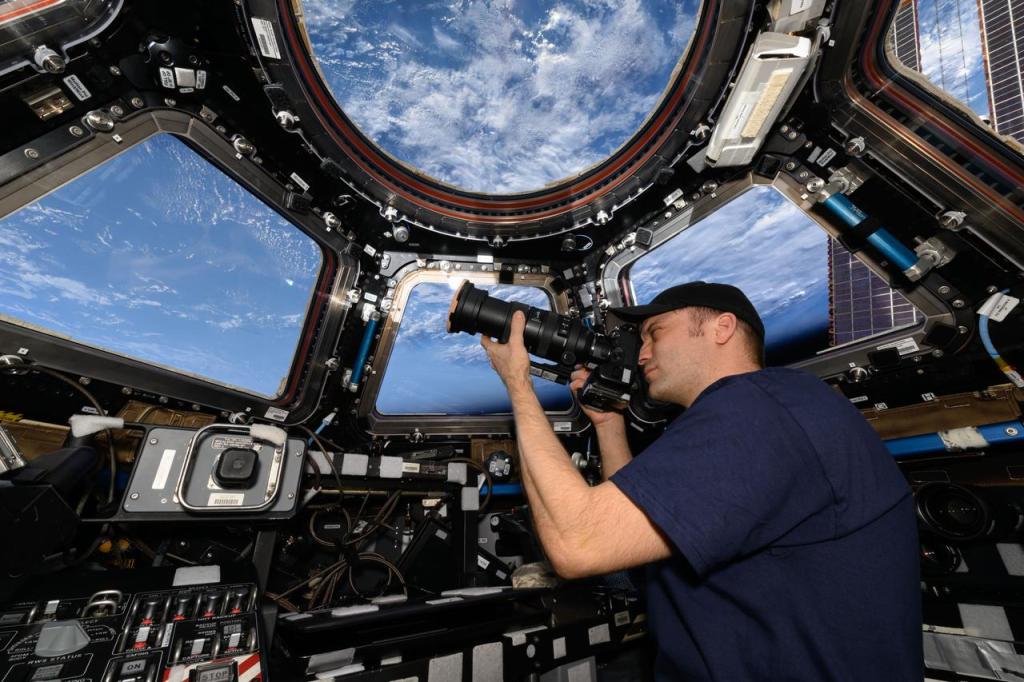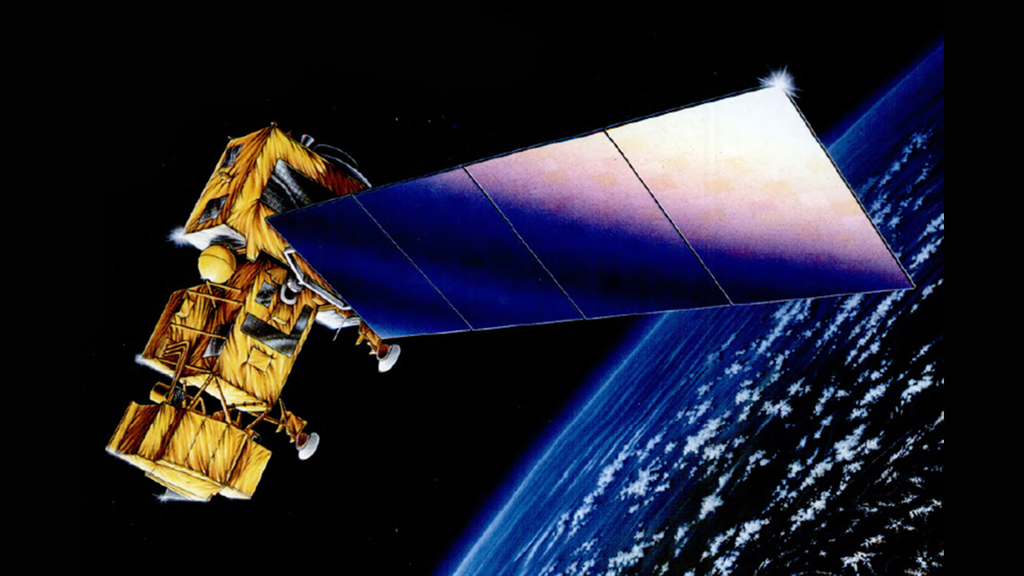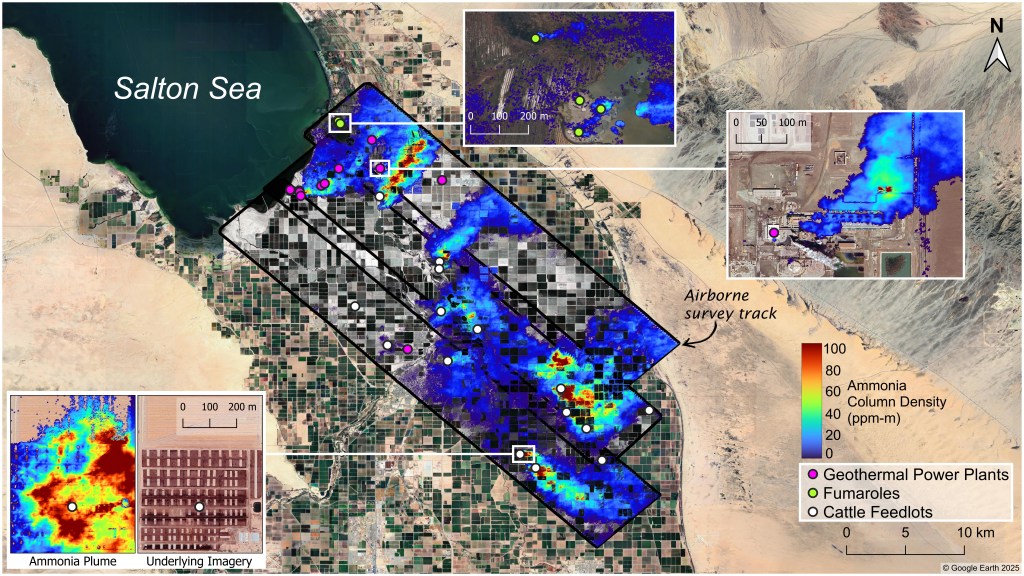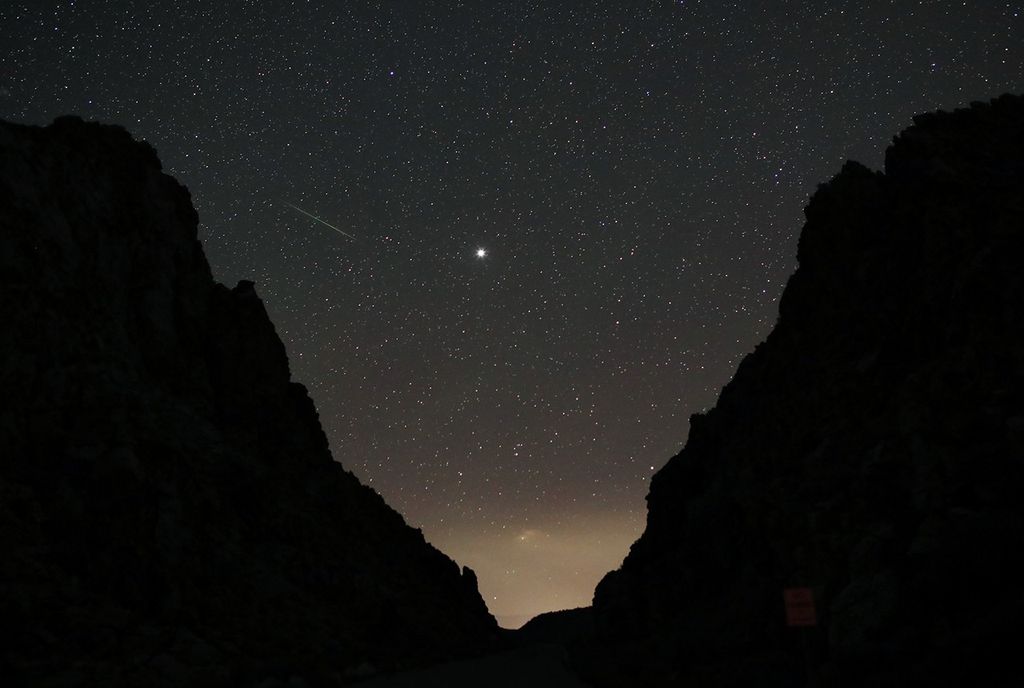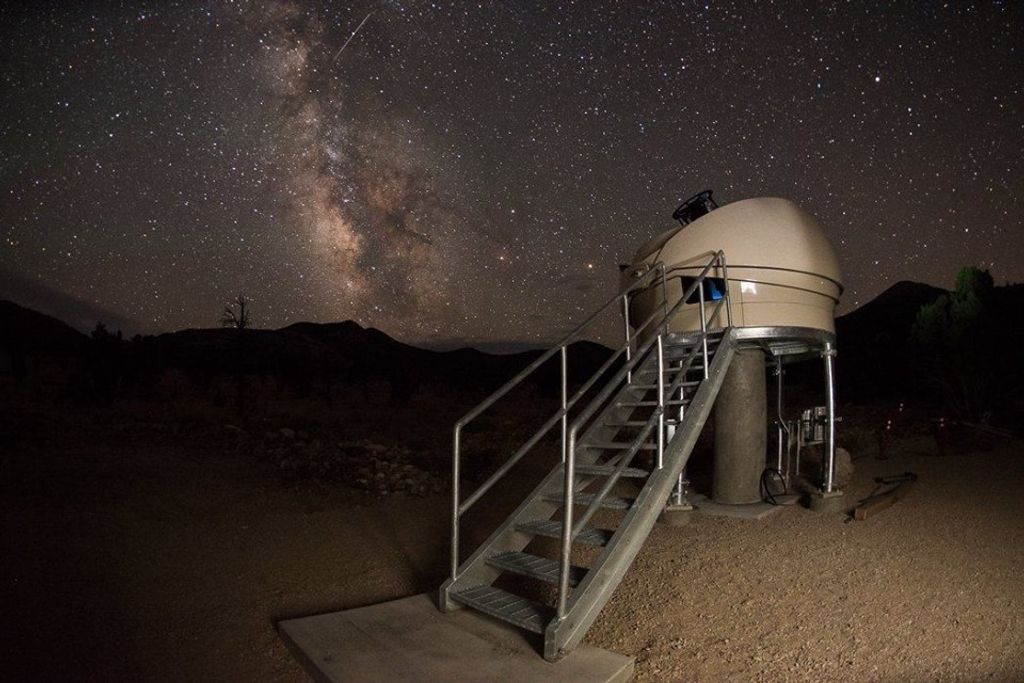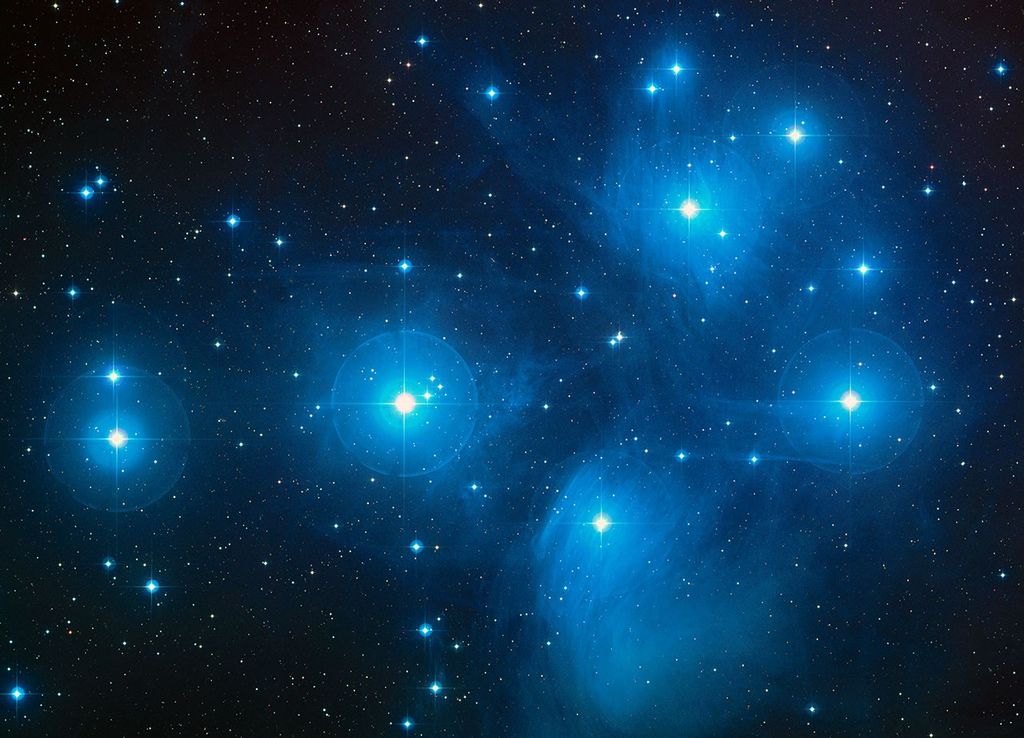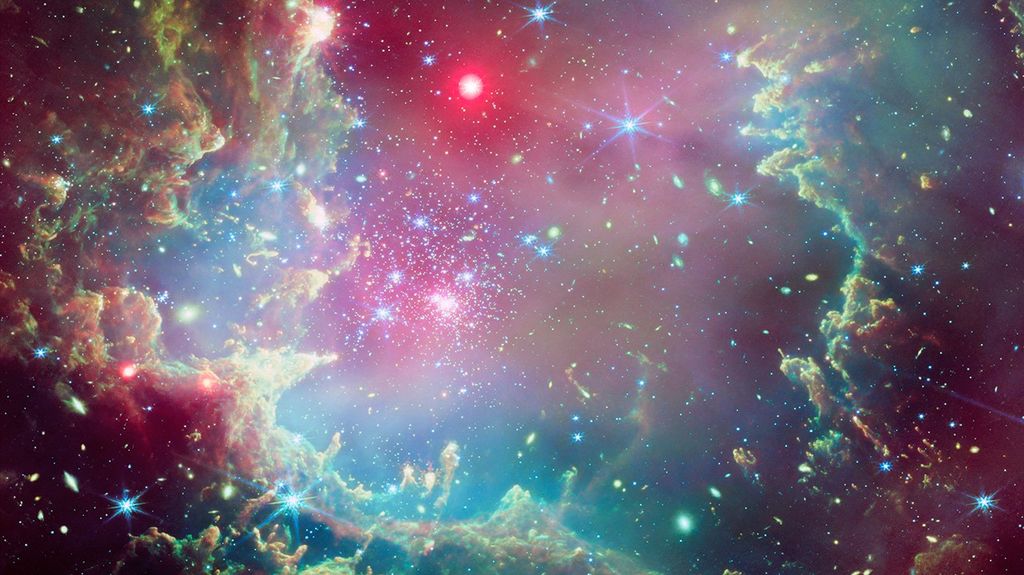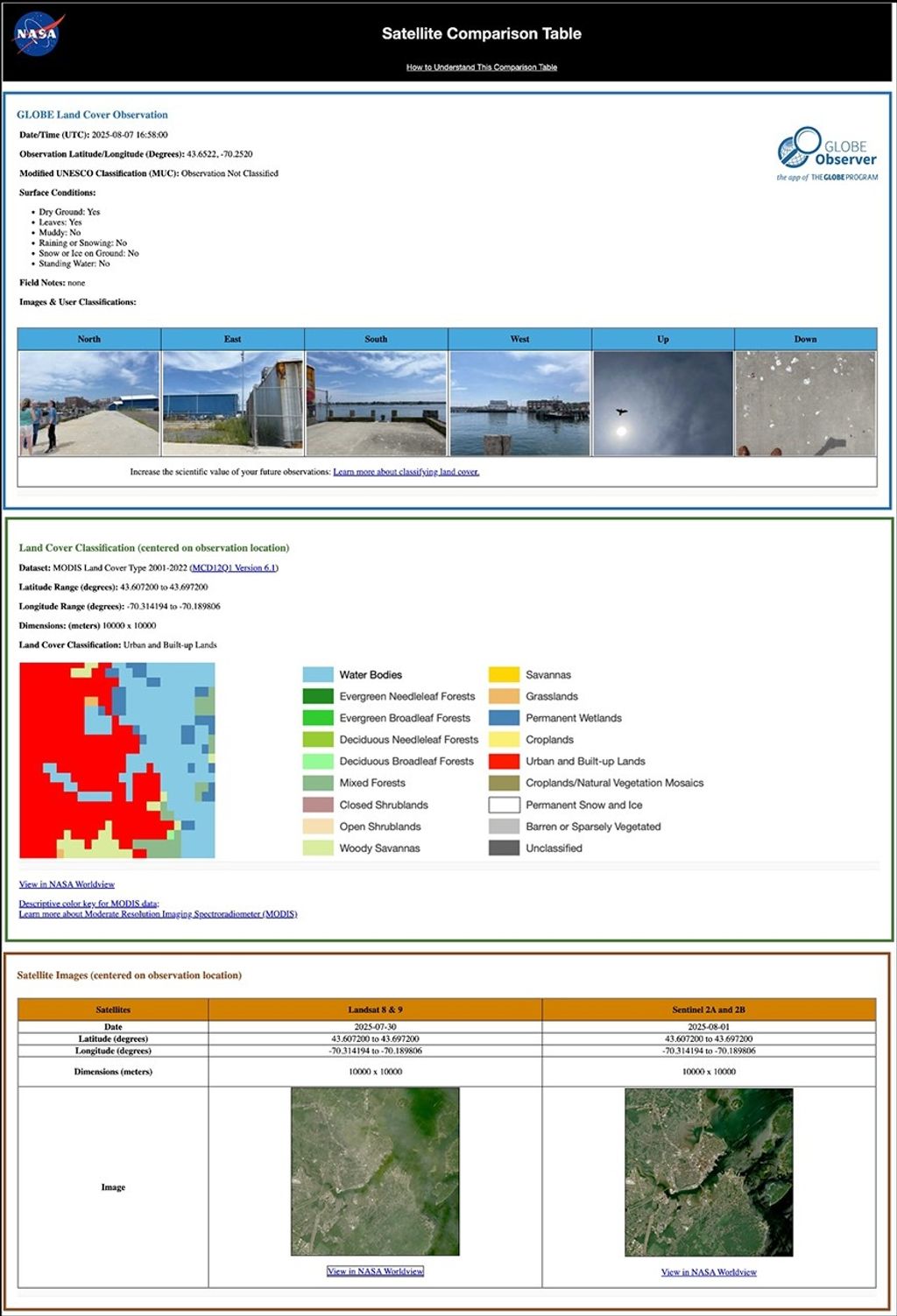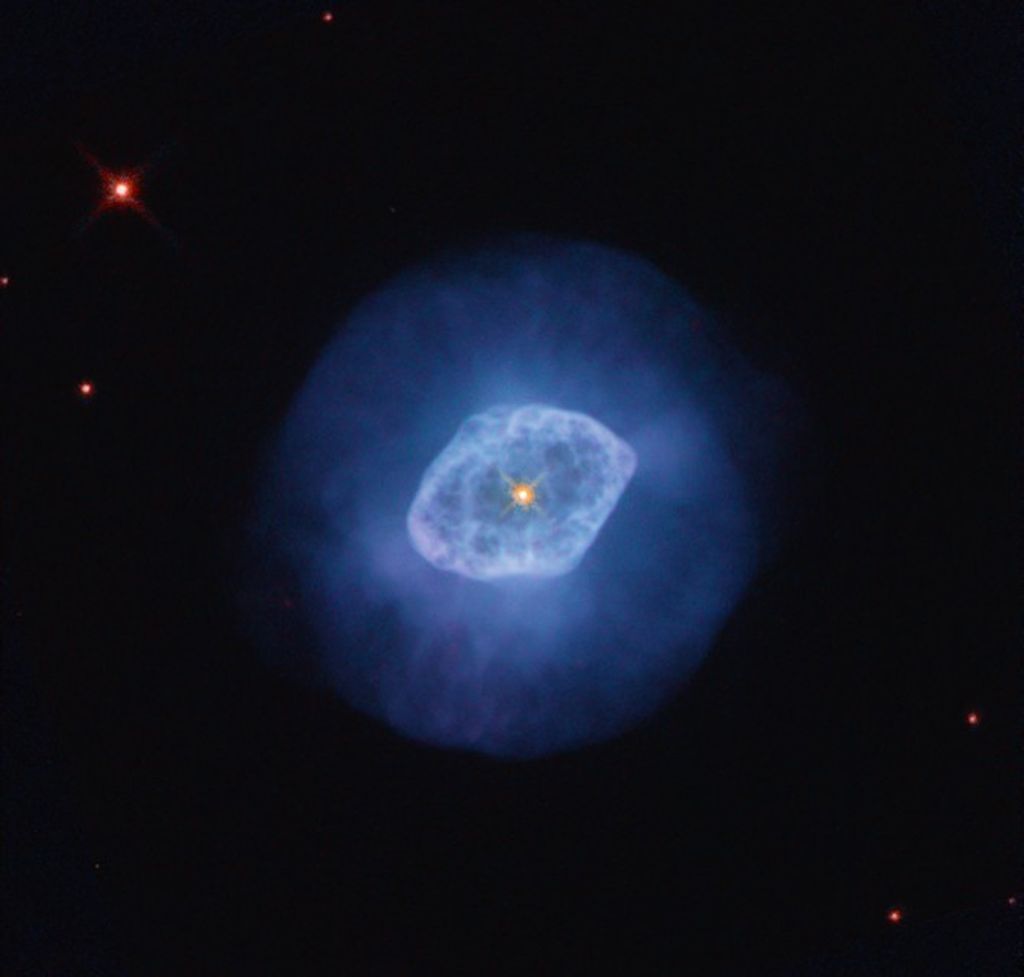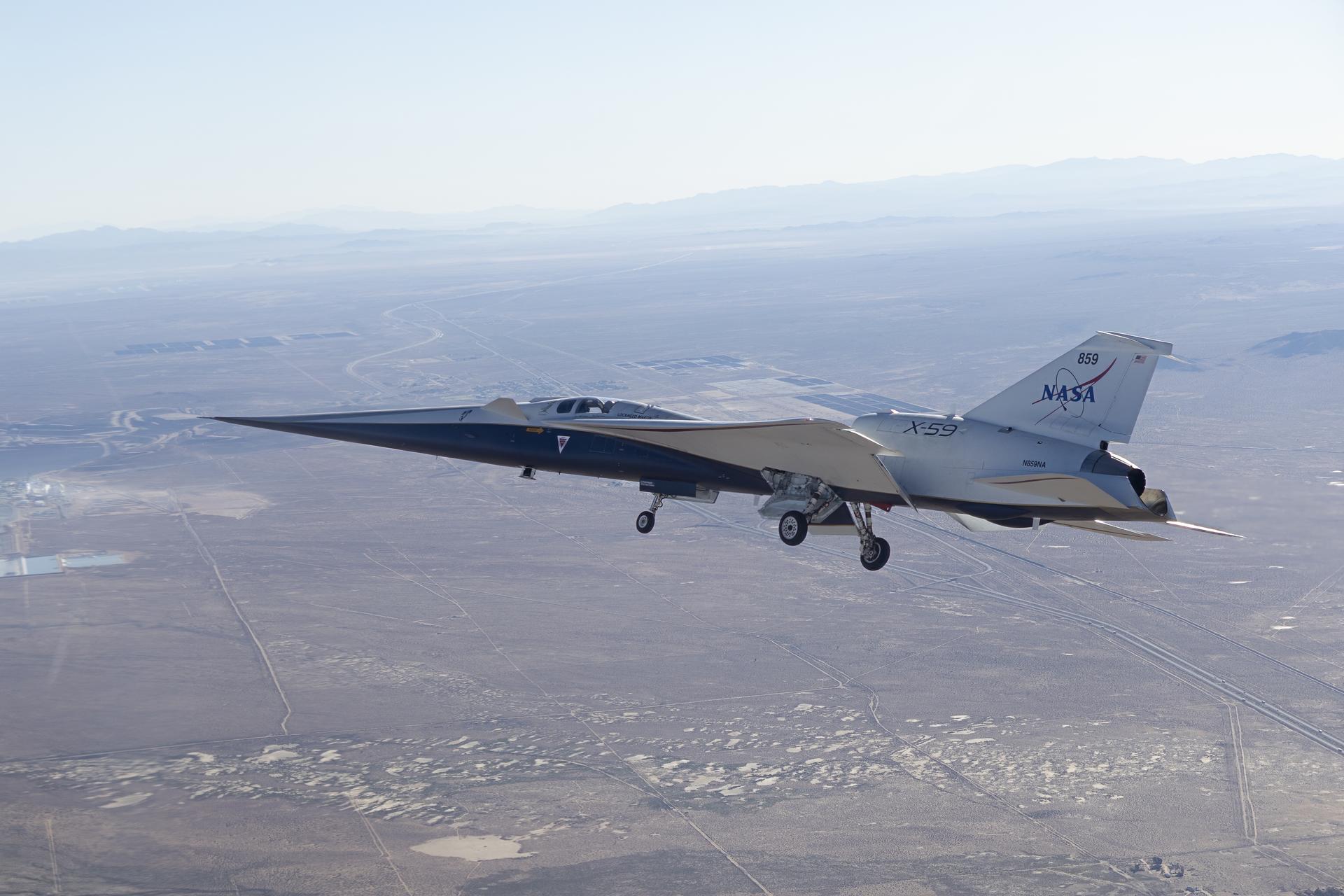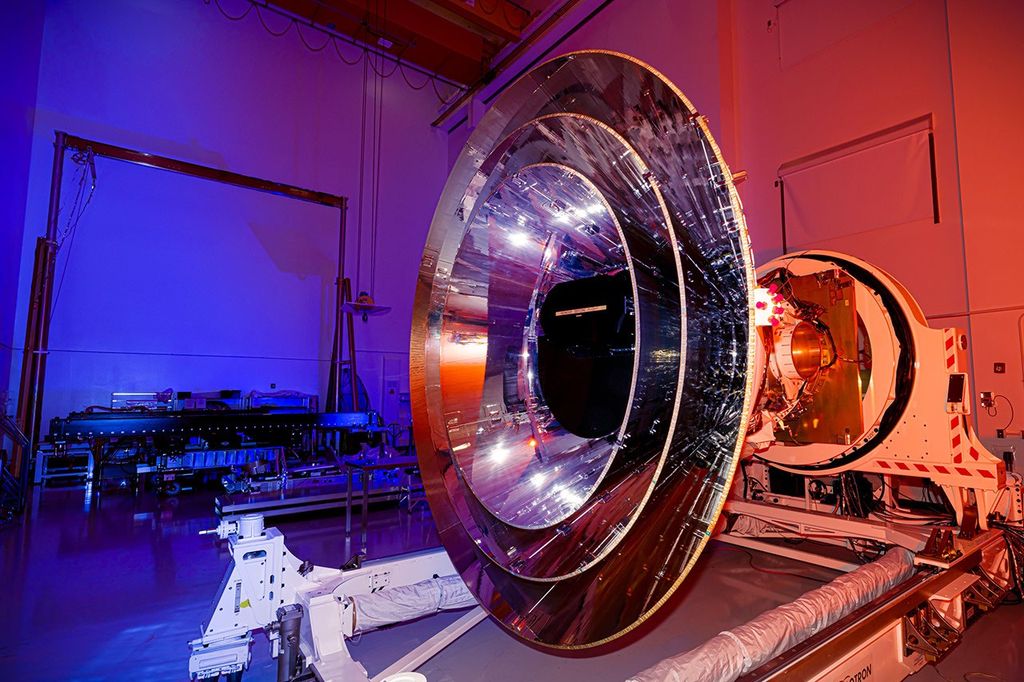1 min read
Artist’s Concept of Exoplanet with Comet-like Tail

This artist's illustration shows a view of the gas giant planet HD 209458b, as seen from the surface of a hypothetical nearby companion object. The planet is orbiting so close to its sunlike star that its heated atmosphere is escaping into space. Spectroscopic observations by the new Cosmic Origins Spectrograph (COS) aboard the Hubble Space Telescope suggest that powerful stellar winds are sweeping the castoff material behind the scorched planet and shaping it into a comet-like tail.
About the Object
- R.A. PositionR.A. PositionRight ascension – analogous to longitude – is one component of an object's position.22h 03m 10s.78
- Dec. PositionDec. PositionDeclination – analogous to latitude – is one component of an object's position.+18° 53' 03".7
- ConstellationConstellationOne of 88 recognized regions of the celestial sphere in which the object appears.Pegasus
- DistanceDistanceThe physical distance from Earth to the astronomical object. Distances within our solar system are usually measured in Astronomical Units (AU). Distances between stars are usually measured in light-years. Interstellar distances can also be measured in parsecs.About 153 light-years (47 parsecs)
About the Data
- Data DescriptionData DescriptionProposal: A description of the observations, their scientific justification, and the links to the data available in the science archive.
Science Team: The astronomers who planned the observations and analyzed the data. "PI" refers to the Principal Investigator.The data used for the science results include the HST proposal 11534: J. Green, C. Froning, J. Linsky, J. Stocke, and K. France (University of Colorado, Boulder). - InstrumentInstrumentThe science instrument used to produce the data.HST>COS
- Exposure DatesExposure DatesThe date(s) that the telescope made its observations and the total exposure time.September and October 2009, Exposure Time: 14.2 hours
- FiltersFiltersThe camera filters that were used in the science observations.G130M (UV) and G160M (UV)
- Object NameObject NameA name or catalog number that astronomers use to identify an astronomical object.HD 209458, HD 209458b
- Object DescriptionObject DescriptionThe type of astronomical object.Star with Planet
- Release DateJuly 15, 2010
- Science ReleaseSuperhot Planet Likely Possesses Comet-like Tail
- Credit
Share
Details
Last Updated
Aug 17, 2025
Contact
Media
Claire Andreoli
NASA’s Goddard Space Flight Center
Greenbelt, Maryland
claire.andreoli@nasa.gov




